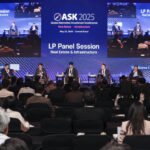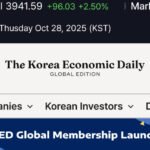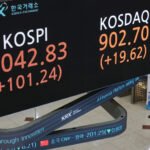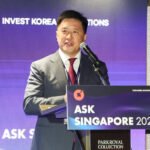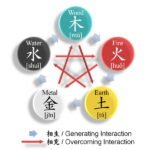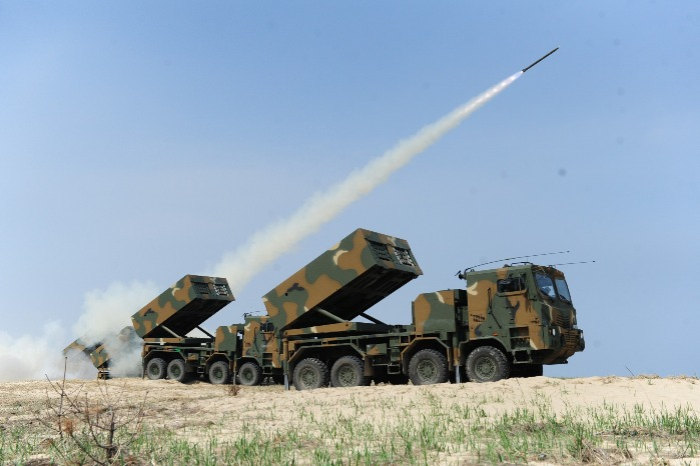
South Korea’s Hanwha Group has deepened its European push by sealing a deal to build a joint venture in Poland to produce guided missiles, the company’s most ambitious step yet in embedding itself in the continent’s defense supply chain.
The agreement, signed on Tuesday (local time) at the International Defence Industry Exhibition (MSPO) in Kielce, Poland, pairs Hanwha Aerospace Co., a leading South Korean defense company, with WB Group, the country’s largest private defense company.
The venture, 51% owned by Hanwha Aerospace and 49% by WB Group’s electronics arm, WB Electronics, will manufacture 80-kilometer-range CGR-80 guided missiles for the Homar-K multiple launch rocket system, adapted from Hanwha’s Chunmoo launcher.
It will supply the missiles in Poland first and then seek to sell them to other countries in Europe. The two partners also plan to diversify the plant’s production over time.
The factory is scheduled to begin operations in 2029.
For Hanwha, it is the company’s first joint venture in Poland and its most ambitious localization project yet.
In recent years, the Korean defense giant has won multiple contracts for rocket systems, self-propelled howitzers and other heavy weapons, often beating out American and European rivals on cost, speed of delivery and a willingness to localize production.
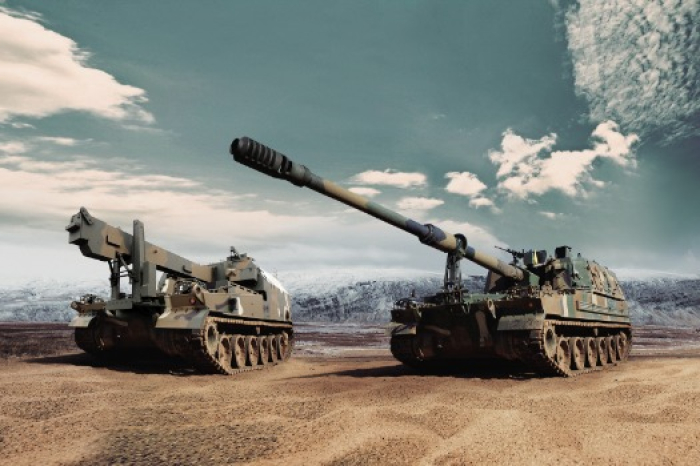
The company has supplied 288 Chunmoo launchers to Poland under two contracts worth a combined $5.1 billion.
“With Europe’s defense sector becoming increasingly bloc-based and export barriers rising, local production is essential to expand market access,” said Son Jae-il, president and chief executive officer of Hanwha Aerospace.
“Through joint ventures and other tailored localization strategies, we will advance the globalization of South Korea’s defense industry.”
EUROPE AS HANWHA’S KEY MARKET
Poland has emerged as one of Hanwha’s important overseas markets, rapidly boosting defense spending to more than 4.5% of its gross domestic product (GDP) in response to Russia’s war in Ukraine.
The urgency has made Warsaw an eager buyer of not only US weapon systems but also South Korean arms, while decades of underinvestment left many traditional European suppliers struggling to keep up.
That gap has spurred European countries to join forces with local suppliers to rebuild military capacity.
That buildup has also been propelled by unease about Washington’s long-term role in the North Atlantic Treaty Organization (NATO), after repeated warnings that the US may no longer shoulder the same defense burden.

To meet Europe’s push for homegrown production, foreign players like Hanwha are teaming up with local defense companies to widen their market reach.
In May, Hanwha Aerospace announced its plan to build a precision missile manufacturing plant in Germany, its first manufacturing facility in the European country.
The Hanwha-WB venture, analysts say, shows how far Hanwha has moved from being a regional contractor to a global contender.
By tying itself directly to Poland’s defense industry, Hanwha strengthens its claim as a strategic partner for NATO and EU members – and signals its ambition to become a permanent fixture in the European defense market.
At the MSPO fair, Hanwha companies – Hanwha Aerospace, Hanwha Ocean Co. and Hanwha Systems Co. – display a wide array of their next-generation weapon systems across land, sea and air domains.
Other Korean defense majors, including Korea Aerospace Industries Ltd. (KAI), are also taking part in the Sept. 2–5 event, which has drawn about 400 companies from 31 countries.
By Sookyung Seo
skseo@hankyung.com
Jennifer Nicholson-Breen edited this article.

